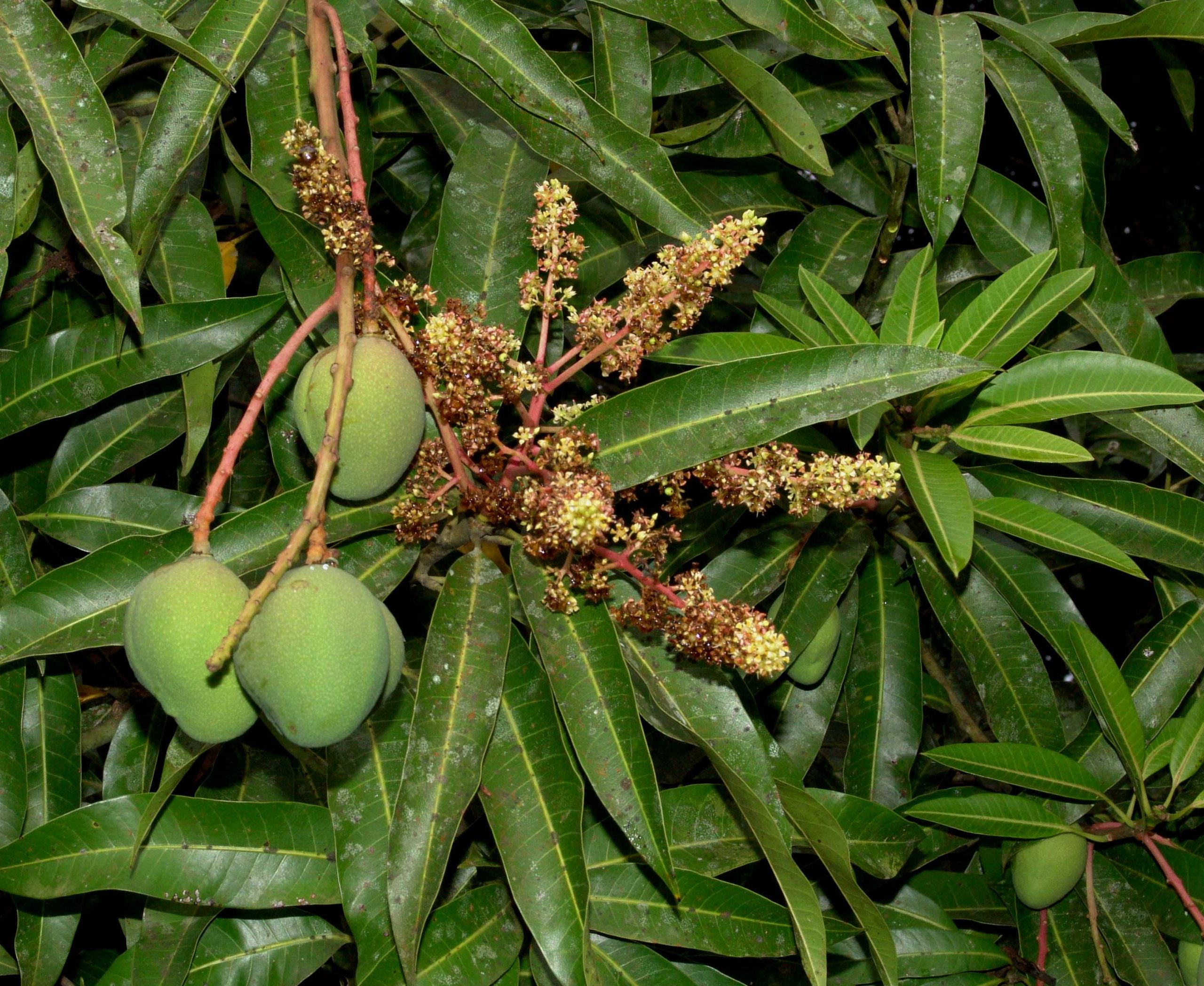The Mango Tree, scientifically known as Mangifera, belongs to the Anacardiaceae family and is native to tropical Asia, particularly India, Burma, and Malaysia. Renowned for its luscious fruits and evergreen leaves, it’s a tree that many plant enthusiasts aspire to grow indoors. While it requires some specific care, cultivating mango trees inside your home can be a rewarding experience.
Understanding the Mango Tree: Characteristics and Growth
Mango trees in their natural habitat can reach a towering height of 25-30 meters. However, when cultivated indoors, their height is significantly restricted, typically reaching up to 3.5 meters. Their growth rate is high, with new leaves appearing in clusters several times a year. Interestingly, once a cluster of leaves has matured, the plant pauses its growth until a new cluster emerges.
In terms of lifespan, indoor mango trees can survive for about 2-3 years. This is primarily because maintaining the humidity levels suitable for a mango tree indoors can be challenging. But don’t let this deter you from trying; with the right conditions, even these few years can fill your home with the vibrant energy of the tropics.
Optimal Conditions for Indoor Cultivation
Mango trees are thermophilic, thriving best at temperatures ranging between 68 to 75.2°F year-round. In winter, they require a minimum temperature of 64.4°F to stay healthy. The plant’s preference for warmth highlights the importance of maintaining a steady indoor temperature, especially during colder months.
Humidity: Mango trees demand regular humidity, making regular spraying vital, especially during dry winter months. Ensuring the right humidity helps prevent the drying up of leaf tips and keeps the plant healthy.
Lighting: Light is essential for the well-being of a mango tree. They flourish under bright light conditions as a lack of light can lead to frequent bouts of sickness. While young plants can grow in partial shade, a well-lit position is recommended for optimal health and growth.
Soil and Watering Needs
Young mango plants thrive in light soil with a pH range of 5.5 to 7.5. Once the plant reaches the age of five, it should be transplanted into soil composed of two parts sod and one part humus, with added sand for drainage. Good drainage is critical, so always use pots with a drainage hole to prevent water stagnation.
Watering is another crucial aspect of mango cultivation. The plant prefers abundant watering with warm water, receiving water at least 1-3 times a week. Allow the top layer of soil to dry slightly between waterings to avoid root rot. During winter, you can slightly reduce the watering frequency.
Fertilization and Reproduction Tips
To promote healthy growth, feed your mango tree with a liquid fertilizer every 2-3 weeks during spring and summer. Incorporating organic top dressing can be beneficial for nurturing the plant.
As for reproduction, mango trees can be propagated in spring using semi-hardwood cuttings. Place these cuttings in moist sand and cover them with polyethylene to retain humidity. With temperatures between 82.4 to 89.6°F, the roots should develop swiftly. Alternatively, seedlings can be inoculated with cuttings from a fruit-bearing tree to encourage early blooming. Propagation by seeds is also possible, though mango seeds lose viability quickly. A ripe, undamaged seed should be carefully prepared by removing pulp and any thick nap on the shell. For successful germination, seeds are best planted in expanded clay, under consistent moisture and warmth.
Challenges and Care Requirements
Despite their enchanting appeal, mango trees are prone to certain pests and diseases. Mites, scales, mealybugs, aphids, and whiteflies are common adversaries. Moreover, fungal and bacterial infections such as powdery mildew and anthracnose can affect leaf health, leaving bacterial spots. Ensure proper care by regulating humidity and treating any pest infestations promptly.
Mango trees may occasionally experience leaf browning if the air is too dry. Humidity should be consistently monitored. In colder environments, flowers may drop prematurely. It is worth noting that mango leaves contain essential oils that can irritate if ingested by pets, thus keeping them out of their reach is advisable.
While growing a fruit-bearing mango tree indoors without grafting is near impossible, the journey of nurturing a Mangifera is nonetheless captivating. Transplant young mango plants annually in spring, opting to prune during this time to encourage bushiness, though be mindful that pruning may delay flowering.
Indoor mango cultivation, while slightly challenging, can bring a slice of the tropics into your home environment. With the right care strategies, patience, and determination, you can cultivate a beautiful ornamental tree that brings not only aesthetic pleasure but also a touch of exotic greenery to your living space.






